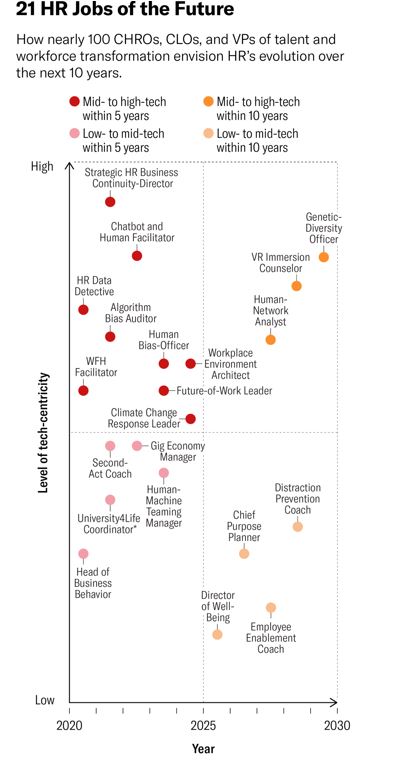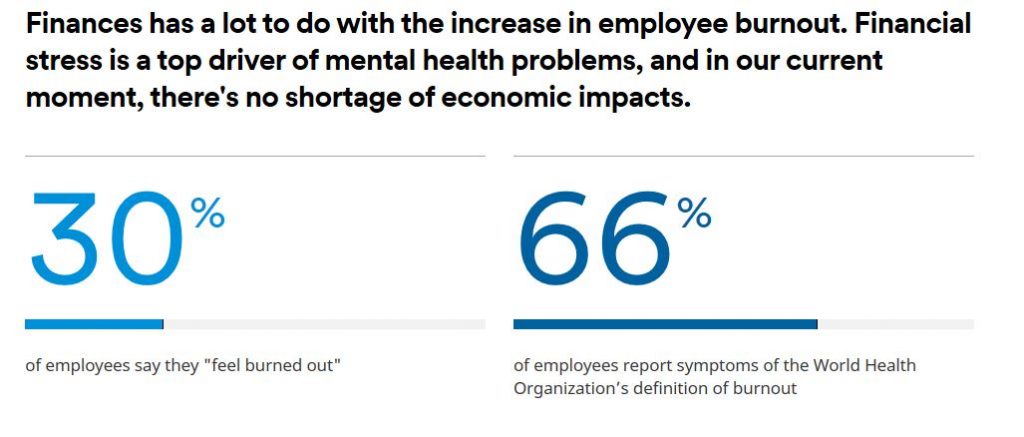From global trade going local, tips on how to stay productive, to most of us being under pressure due to financial stress, these are some of the topics dominating this week’s TOP 5 trends from the world of work.
August 21, 2020
#1. U.S. and European firms face $1 trillion to relocate their Chinese supply chains
One of the consequences of COVID-19 is the shift away from globalization and global trade towards businesses opting for more localized supply chains. This trend is also being reflected in a report published by Bank of America, which claims that the coronavirus pandemic has caused trade disruptions for 80% of global sectors, forcing over 75% of companies to reconsider how they supply their production. Consequently, many companies in the EU and the US are looking to move their manufacturing processes away from China and closer to home. Reshoring their factories, however, could cost as much as $1 trillion. To help with some of the costs incurred, governments in the US, EU, Japan, India, and Taiwan are planning to offer tax breaks, low-cost loans, and other subsidies.

#2. The online ‘work gyms’ that help spur productivity
Are you struggling to be hyper-productive at work on your own? Then you might be interested in trying out the so-called remote ‘work gyms’! As explained by the BBC’s Claire Turrell in this article, “work gyms are structured work sessions for people who want to block out distractions and remain productive when working remotely”. The idea is for people (mostly strangers) to meet virtually, leave their cameras on, and work together in one space but each on their own project. By holding one another accountable, people have more incentive to focus on their work and avoid distractions.

#3. What are the 21 HR jobs of the future?
CHRO’s have a unique opportunity to become central C-suite players in their respective organisations, writes Harvard Business Review. This is because HR professionals will play a key role in navigating the future, now so dramatically reshaped by the coronavirus pandemic. HBR explains that in light of workers and businesses demanding and needing new skills, the HR industry will have to adapt. Based on the expectations and information at hand, HBR has listed 21 new HR jobs that will most likely enter our vocabulary very soon. The list includes positions such as ‘chatbot and human facilitator,’ ‘gig economy manager,’ or ’employee enablement coach.’ To access the full list, click here.

#4. Employees are only applying 54% of newly learned skills
A new study of the research company Gartner shows that employees are only applying 54% of their newly acquired skills. That’s despite the fact that the number of skills required for a single job increases by 10% each year. While there is a growing demand for new skills, many companies make the mistake of trying to predict and commit to a narrowly defined set of future skills. This often leads them to focus on the wrong ones while ignoring the skills that are, in fact, beneficial. The report argues that the best way forward is to apply the so-called ‘dynamic approach to skills development.’ To learn more about how this approach works, click here

#5. Since COVID-19 began, 77% of employees report feeling major financial stress
It has been established that poor mental health is linked directly to reduced motivation and productivity, and it leads to a higher incidence of employee burnout. In recent months, however, and due to COVID-19, the risk of stress has skyrocketed. One of the current top drivers of mental health problems is financial stress. According to MetLife’s new report on resilience in the workforce, about a third (30%) of employees say they currently feel burned out, and 77% of them have identified economic hardship as one of the main culprits.




